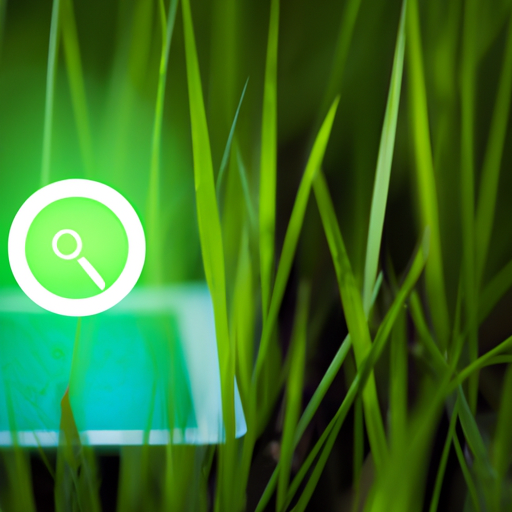As the world population continues to grow, the demand for food is increasing at an unprecedented rate. To meet this demand sustainably, farmers are turning to smart agriculture – an innovative approach incorporating advanced technologies into farming practices. This movement not only enhances productivity but also promotes environmental sustainability. In this blog post, we’ll explore how smart agriculture is shaping the future of farming.
What is Smart Agriculture?
Smart agriculture, also known as precision farming, refers to the use of modern technologies and data analytics to optimize farming operations. This approach utilizes various technologies such as:
- Internet of Things (IoT): Sensors and devices collect real-time data about crops, soil conditions, and weather.
- Big Data: Analyzing large volumes of agricultural data to make informed decisions.
- Remote Sensing: Using drones and satellites to monitor crop health and field conditions.
- Automation: Autonomous machinery for planting, watering, and harvesting, reducing labor costs and increasing efficiency.
The Benefits of Smart Agriculture
Smart agriculture provides numerous benefits to farmers and the environment:
- Increased Efficiency: With real-time data, farmers can make timely decisions on irrigation, fertilization, and pest control, leading to improved yields.
- Resource Conservation: Smart agriculture technologies help in reducing water and fertilizer usage, leading to sustainable farming practices.
- Cost Reduction: By optimizing inputs and operations, farmers can lower their overall costs while maximizing output.
- Environmental Sustainability: Reduced chemical use and better management practices contribute to lower environmental impact.
Case Studies: Smart Agriculture in Action
Several farms worldwide have successfully implemented smart agriculture techniques:
- Vertical Farms: Urban farmers are utilizing vertical farming technology combined with IoT for year-round crop production.
- Precision Irrigation: Some farmers use soil moisture sensors and automated irrigation systems to ensure crops receive just the right amount of water.
- Data-Driven Decisions: Crop yield data from various inputs allows farmers to continuously adjust their practices for optimal outcomes.
The Future of Smart Agriculture
The future of smart agriculture looks promising. As technology continues to evolve, innovations such as artificial intelligence and machine learning will further enhance data analysis and farming techniques. The integration of blockchain technology could also revolutionize traceability in the supply chain, providing unprecedented transparency to consumers.
Conclusion
Smart agriculture stands as a transformative approach, poised to address the challenges faced by modern farming. By leveraging technology, farmers can improve efficiency, reduce costs, and ensure a sustainable future for agriculture. As we embrace various agricultural technologies, a new era of farming awaits, one that caters to the needs of our growing population while protecting the environment.
Stay tuned as we continue to explore the advancements in smart agriculture and how they will shape the future of farming.




